Ocean Expert Exchange with Will Greene
In this webinar, PIMS Research Associate Will Green shows us how he uses cutting-edge camera and computer technology to create 3-dimensional and 2-dimensional models of coral reefs. Specifically, Will:
- Explains how the process works (both underwater and on a computer)
- Demonstrates the ways the technology is used for scientific research and for educating the public.
PIMS is especially interested in how the models, which are created with a resolution of about 0.5 milimeters, can be analyzed by researchers to learn about the structural complexity of reefs and which organisms blanket the surface of the reef. Moreover, when data is collected at the same site over time, these models can show us how the reef changes and adapts down to the coral polyp scale. These “digital copies” of reefs essentially preserve exactly what a reef looked like at the time it was photographed, and can be re-analyzed in the future as our research evolves.Using the 3D models for education is another incredibly important use of the technology. They’re a useful tool to teach future scientists how to identify different species of coral and understand where they grow. The reefs can also be visualized in Virtual Reality, allowing people to explore the reefs from at home and gain a whole new appreciation for their importance and beauty!
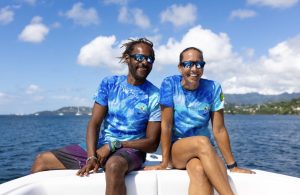
New Reef Rescue Sites Take Root in Barbados and Grenada
Barbados Blue and Eco Dive Grenada dive shop owners Andre Miller and Christine Finney (Credit: Eco Dive) Reef Rescue Network Expands to Barbados and Grenada The Perry Institute for Marine
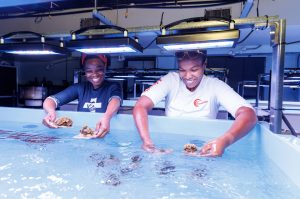
The Bahamas Just Opened a Coral Gene Bank—Here’s Why It Matters
The nation’s first coral gene bank will preserve, propagate and replant coral to reverse devastation from rising ocean temperatures and a rapidly spreading disease Video courtesy of Atlantis Paradise Island.
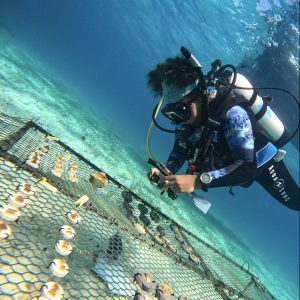
This Is What Conservation Leadership Looks Like
From Interns to Leaders: How PIMS is Powering the Next Generation of Ocean Advocates Taylor photographs coral microfragments in the ocean nursery, helping monitor their fusion into healthy, resilient colonies
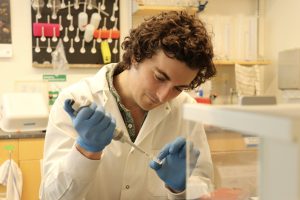
When Ocean Forests Turn Toxic
New study in Science connects chemical “turf wars” in Maine’s kelp forests to the struggles of Caribbean coral reefs — and points to what we can do next Lead author,
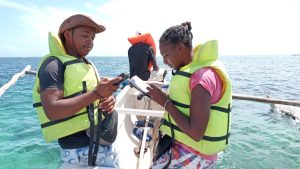
Who’s Really in Charge? Unpacking the Power Struggles Behind Madagascar’s Marine Protected Areas
Researchers head out to monitor Marine Protected Area boundaries—where science meets the sea, and local stewardship takes the lead. The Illusion of Protection From dazzling coral reefs to centuries-old traditions,

PIMS and Volunteers Step Up as Legal Battle Leaves Barge Grinding Reef in Fowl Cays National Park
Worn out but undefeated, the cleanup crew rallies around their paddleboard “workbench” in front of the stranded tug and barge—a snapshot of community grit after hours of underwater heavy‑lifting. Photo



